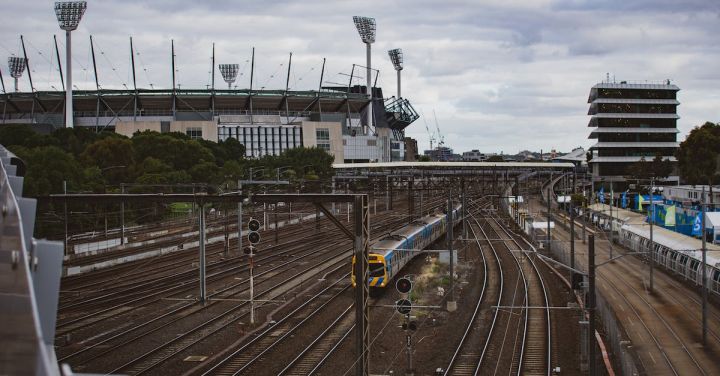The train, also known as the iron horse, has come a long way since its inception. From its humble beginnings as a simple steam-powered locomotive, it has evolved into a complex and efficient mode of transportation. In this article, we will take a closer look at the evolution of trains and how they have shaped the world we live in today.
The first trains were powered by steam engines, which used coal to generate heat and create steam. These early locomotives were slow and bulky, but they revolutionized transportation by allowing goods and people to be moved quickly and efficiently over long distances. As technology improved, so did the trains.
The introduction of the diesel engine in the early 20th century brought about a new era in train evolution. Diesel locomotives were faster, more powerful, and more fuel-efficient than their steam-powered counterparts. They quickly became the preferred choice for many railway companies around the world.
In recent years, electric trains have gained popularity due to their environmental benefits. Electric trains are powered by electricity, which can be generated from renewable sources such as solar or wind energy. They produce zero emissions, making them a clean and sustainable form of transportation. Many countries are now investing in electric train infrastructure to reduce their carbon footprint.
Trains have also become more comfortable and luxurious over time. Modern trains are equipped with air conditioning, comfortable seating, and onboard entertainment systems. Some high-speed trains even offer dining services and private cabins for overnight travel. These improvements have made train travel a more enjoyable experience, attracting more passengers and boosting the tourism industry.
The evolution of trains has not only impacted transportation but also influenced urban planning and development. The construction of railway lines often leads to the growth of towns and cities along the route. Train stations become central hubs for economic activities, attracting businesses and creating job opportunities. This has helped to connect remote areas and stimulate economic development in previously isolated regions.
Trains have also played a crucial role in the globalization of trade. The ability to transport goods quickly and efficiently has facilitated international trade and commerce. Freight trains can carry large quantities of goods, reducing the cost of transportation and making it easier for businesses to export and import products. This has contributed to economic growth and prosperity on a global scale.
Looking to the future, the evolution of trains is far from over. The development of magnetic levitation (maglev) trains, which use magnetic fields to propel the train forward, holds great promise for even faster and more efficient travel. Maglev trains can reach speeds of up to 300 miles per hour, significantly reducing travel time between cities. This technology is already being implemented in countries like Japan and China, and it may soon become the norm for intercity transportation.
In conclusion, the evolution of trains from steam-powered locomotives to modern, high-speed electric and maglev trains has had a profound impact on transportation, urban development, and global trade. Trains have become faster, more comfortable, and more environmentally friendly over time, making them a preferred choice for many travelers. As technology continues to advance, we can expect further innovations in train design and functionality, shaping the future of transportation.
